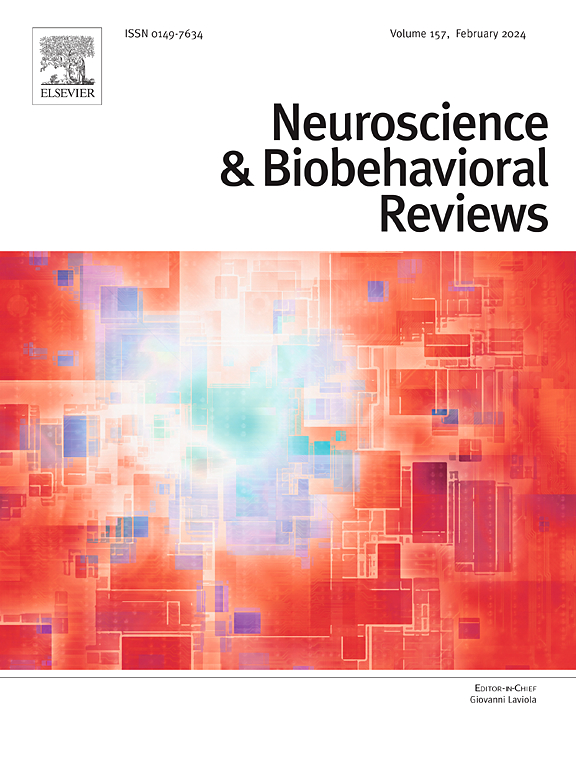空气和光污染对大脑和行为功能的影响:潜在的协同作用。
IF 7.9
1区 医学
Q1 BEHAVIORAL SCIENCES
引用次数: 0
摘要
夜间人造光(ALAN)和空气污染在全球范围内日益普遍,这引起了人们对其对人类健康影响的关注。一些流行病学、临床前和临床研究表明,ALAN和空气污染都可以独立地导致不良的大脑健康结果,包括认知能力下降、神经退行性疾病风险增加和行为障碍。空气污染物可以进入血液并到达大脑,导致潜在的神经病理。暴露于ALAN会扰乱昼夜节律,抑制褪黑激素的产生,改变睡眠模式,对健康造成有害影响。最近的研究强调了这两种污染物之间复杂的相互作用,并强调需要进一步研究它们的协同效应。目前的综述提供了空气和光污染如何影响大脑健康和导致不同的生理和行为问题的概述。我们探索了它们联合作用的潜在机制,如氧化应激、炎症、昼夜节律破坏、血脑屏障破坏和基因改变。这篇综述还呼吁未来的研究,以调查发挥作用的生物学途径,并确定关键的研究空白。了解ALAN和空气污染之间的相互作用对于制定有效的卫生保健策略以减轻其对大脑和中枢神经系统的有害影响至关重要。本文章由计算机程序翻译,如有差异,请以英文原文为准。
Effects of air and light pollution on brain and behavioral function: Potential synergy
The growing global prevalence of artificial light at night (ALAN) and air pollution has raised concerns regarding their effects on human health. Several epidemiological, preclinical, and clinical studies suggest that both ALAN and air pollution can independently contribute to adverse brain health outcomes, including cognitive decline, increased risk of neurodegenerative diseases, and behavioral disorders. Air pollutants can enter the bloodstream and reach the brain, leading to potential neuropathology. Exposure to ALAN disrupts circadian rhythms, suppresses melatonin production, and alters sleep patterns, causing detrimental health consequences. Recent research highlights a complex interaction between these two pollutants and emphasizes the need for future studies exploring their synergistic effects. The current review provides an overview of how air and light pollution influence brain health and lead to different physiological and behavioral issues. We explored the potential mechanisms that may underlie their combined effects, such as oxidative stress, inflammation, disruption of circadian rhythms, blood-brain barrier disruption, and genetic alterations. This review also calls for future research in order to investigate the biological pathways at play and identifies critical research gaps. Understanding the interaction between ALAN and air pollution is crucial for developing effective health care strategies to mitigate their harmful effects on the brain and central nervous system.
求助全文
通过发布文献求助,成功后即可免费获取论文全文。
去求助
来源期刊
CiteScore
14.20
自引率
3.70%
发文量
466
审稿时长
6 months
期刊介绍:
The official journal of the International Behavioral Neuroscience Society publishes original and significant review articles that explore the intersection between neuroscience and the study of psychological processes and behavior. The journal also welcomes articles that primarily focus on psychological processes and behavior, as long as they have relevance to one or more areas of neuroscience.

 求助内容:
求助内容: 应助结果提醒方式:
应助结果提醒方式:


